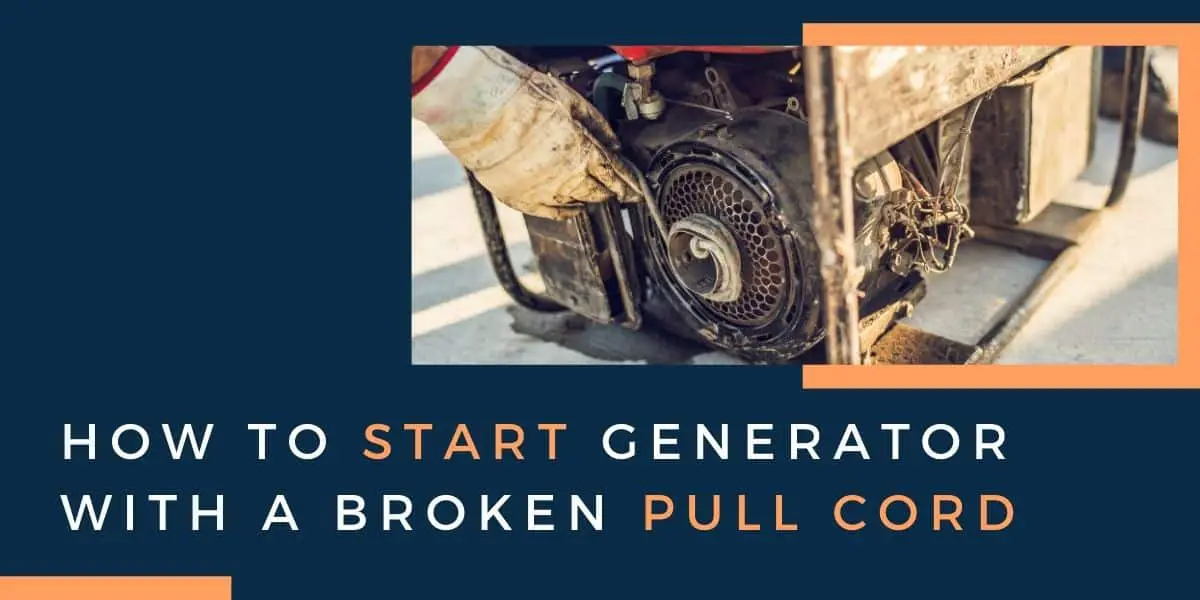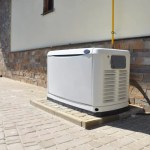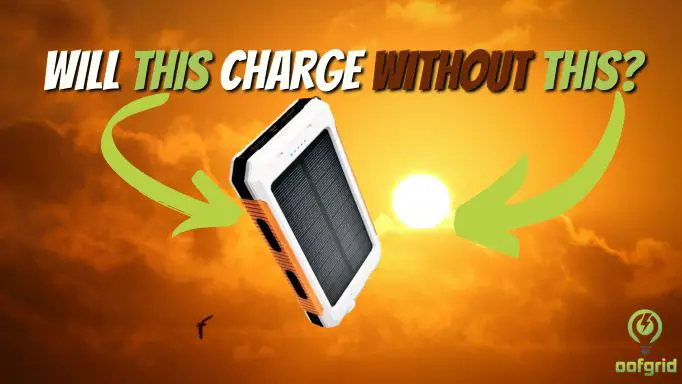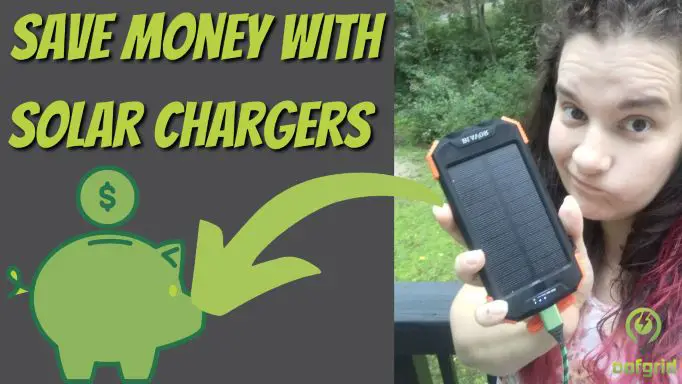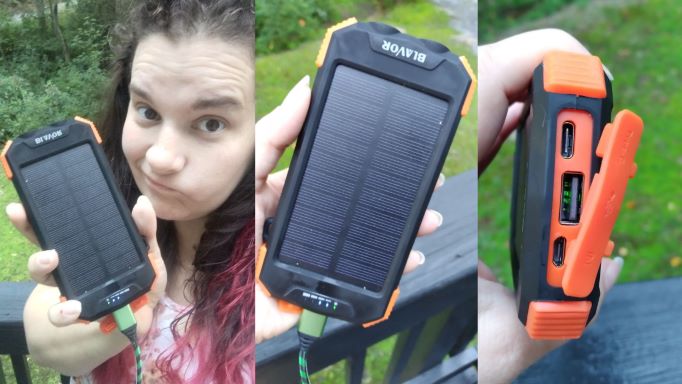There’s nothing more comforting when the power goes out than knowing that you have a portable generator on hand to get you through the disconnection.
These amazing little pieces of power producing technology frequently come in handy more often than most of us expect, helping us to keep light on, our fridges running, and providing power to other core components about homes when weather or accidents bring the grid down.
Unfortunately, these backup systems are not 100% infallible.
Like any other piece of machinery they break down and become compromised, and most of us don’t have backups to our backups.
Pulling on your generator starter cord only to have it come apart in your hands – flying across the room most of the time – can cause immediate stress and anxiety.
Thankfully though, with the inside information below, you won’t ever have to worry about that being a problem again. Instead, you’ll know exactly how to start a portable generator with a broken pull cord, getting your power back up and running ASAP.

Contents
Option One – Fix the Broken Rope
The first thing you want to do is figure out just how bad the rope situation really is.
If you’re dealing with a rope that has come completely off of the starting system than you’re probably in a little bit of a fix (though we have a solution to help you in that situation below, too).
If, on the other hand, the rope itself is a bit broken with some (or even most) of it still attached to the starter system than the fix as usually pretty simple.
Let’s walk you through the process.
Remove the Recoil Housing Completely
The very first thing you’ll need to do is remove the actual recoil housing itself, exposing the recoil starting system and the broken rope.
This is going to let you see exactly what you’re working with, understand exactly how much rope you have still attached to your system, and how to best proceed moving forward.
If you’ve got a decent amount of rope still attached to the motor it’s not a bad idea to tie another piece of rope to the original starter rope and then put the housing back on. You’ll be able to grip and rip the starter motor and get yourself up and running with that approach.
If there’s no rope (or only a little bit of rope) to work with you’ll need to go through the rest of these quick steps.
Untie What’s Left of the Rope
Begin by untying anything that’s left of the rope that you can’t work with or cutting it away completely.
Just make sure that you pay close attention to where and how the very end of the rope was tied and connected to the recoil starting system. You’ll need to reattach a new rope to that same component in a similar fashion later down the line.
Retention the Recoil Spring
The second thing you are going to need to do is retention of recoil spring, something that will have almost always come out of position when a rope breaks.
You’ll need to return it to its tensioned position so that you can spool up and re-spin the recoil stop to start your generator with your new rope.
This is a pretty simple and straightforward process, but if you need a little bit of help referred to the owner manual provided with your generator for a detailed breakdown.
Every generator has a unique approach to retention in the spring and you’ll want to make sure that you are following the manufacturer directions exactly.
Reinstall a New Rope
The next piece of the puzzle here is to actually reinstall a new rope to replace the old one.
Quarter-inch usually works best if you have it laying around, but there are a couple of different alternatives you can use as long as you get close to that original size.
If you don’t have enough of that sized rope hand connected two different pieces (and two different sizes) to get the length you need, using the quarter inch rope close to the recoil starter system.
Tie everything back together exactly the way it was connected originally, which is why was so important to focus on how things were connected earlier.
Coil the Cord
Coil the new cord/cable around the recoil system in a clockwise fashion (most of the time). This way when you pull the cable it will spin everything in a counterclockwise motion, firing up your generator.
Double-check this with your owner manual, though. You need to be sure that you’re coiling your rope in the right direction before you get started. If you get it wrong you’ll have to take everything apart and redo this step, wasting a little bit of time along the way.
Attach the Housing
The last piece to finish things off here is to reattach the housing on your generator and fire it up.
You should be all set!
Option Two – Skip the Rope
Of course, if you like a bit of a quicker solution until you can more permanently fix the rope pull system on your generator all you’ll need are:
- A socket that fits the nut on the crankshaft of your generator
- A connector to attach that socket to a power drill or impact driver and
- A power drill or impact driver with a bit of battery power
In this situation, simply attach the socket that fits to the crankshaft and then attach it to your drill.
Put your cordless tool in reverse (so that everything spends, clockwise) and then slowly start to turn the system on. You may need to ramp things up a little faster to get the engine to turn over – and you may have to play around with the gas priming system or the choke mechanism – but this is a quick start solution to a broken rope issue.
Now you are good to go with a couple of different solutions to make sure that your backup generator is always able to be fired up in an emergency.

